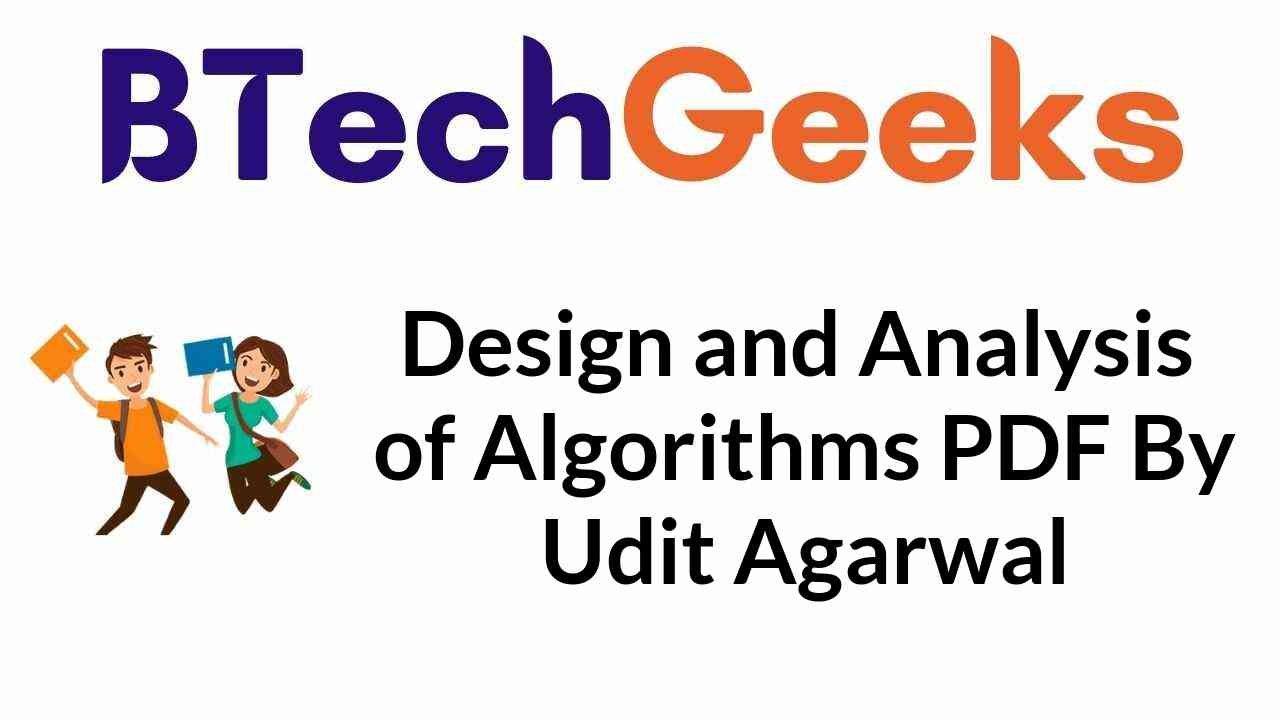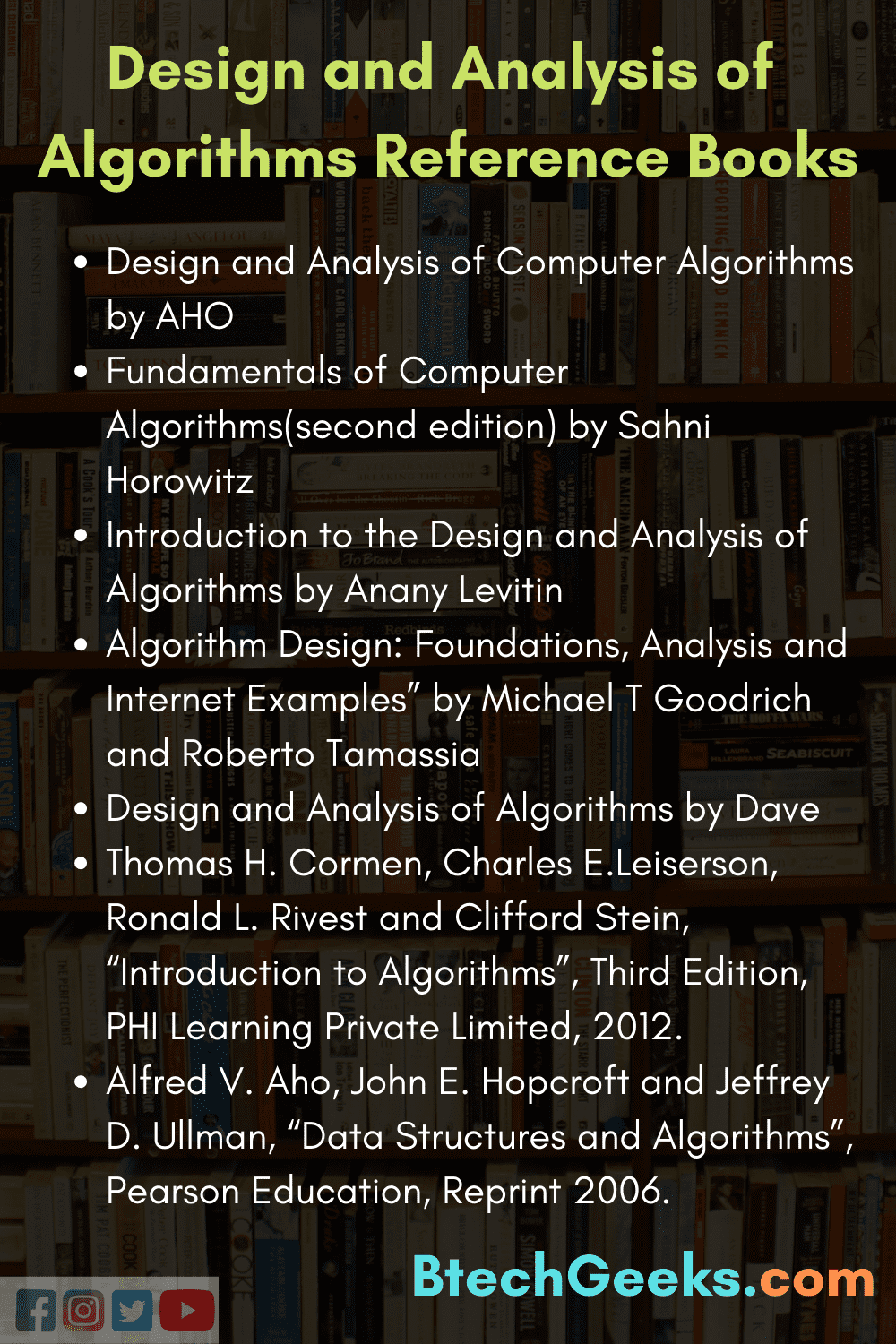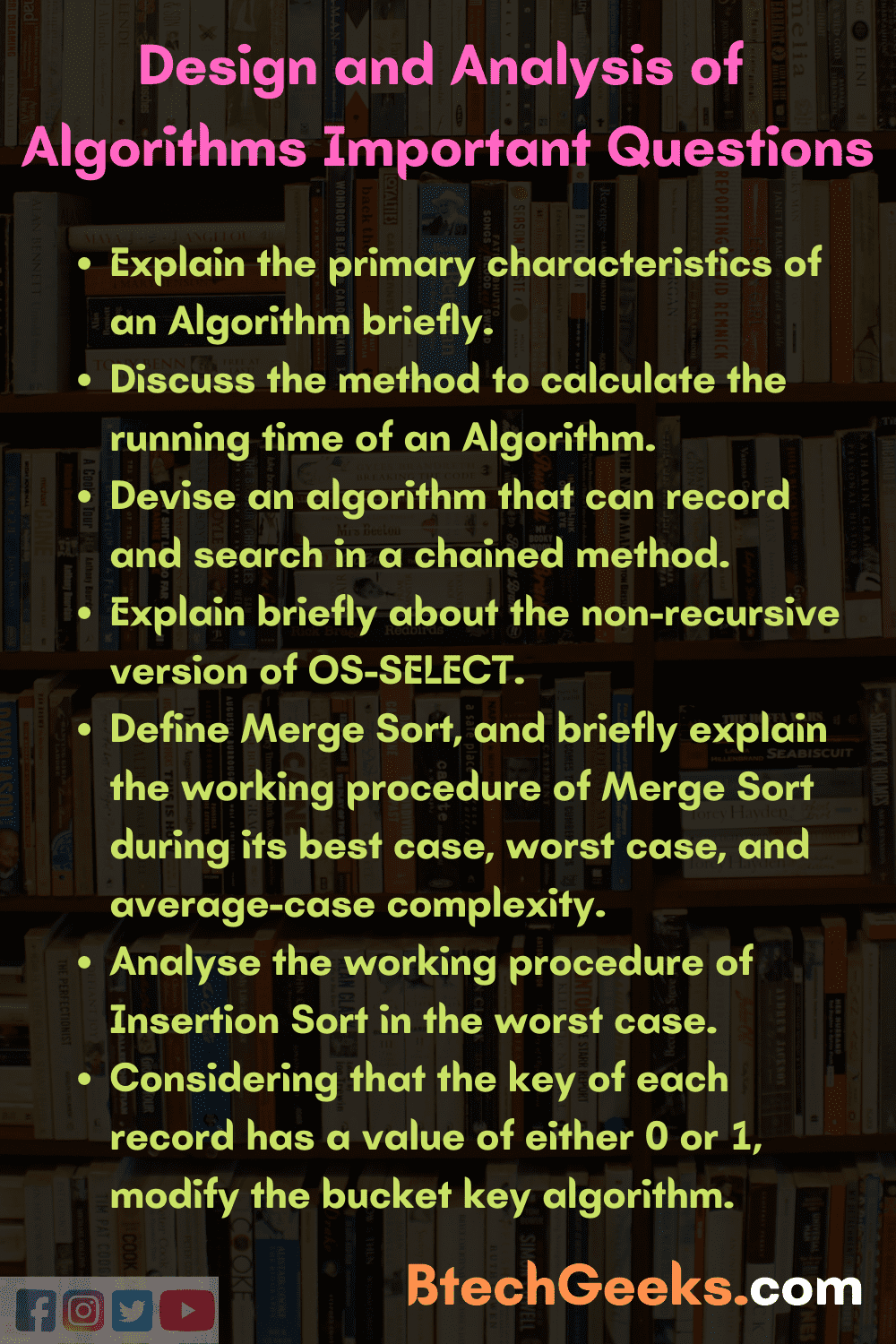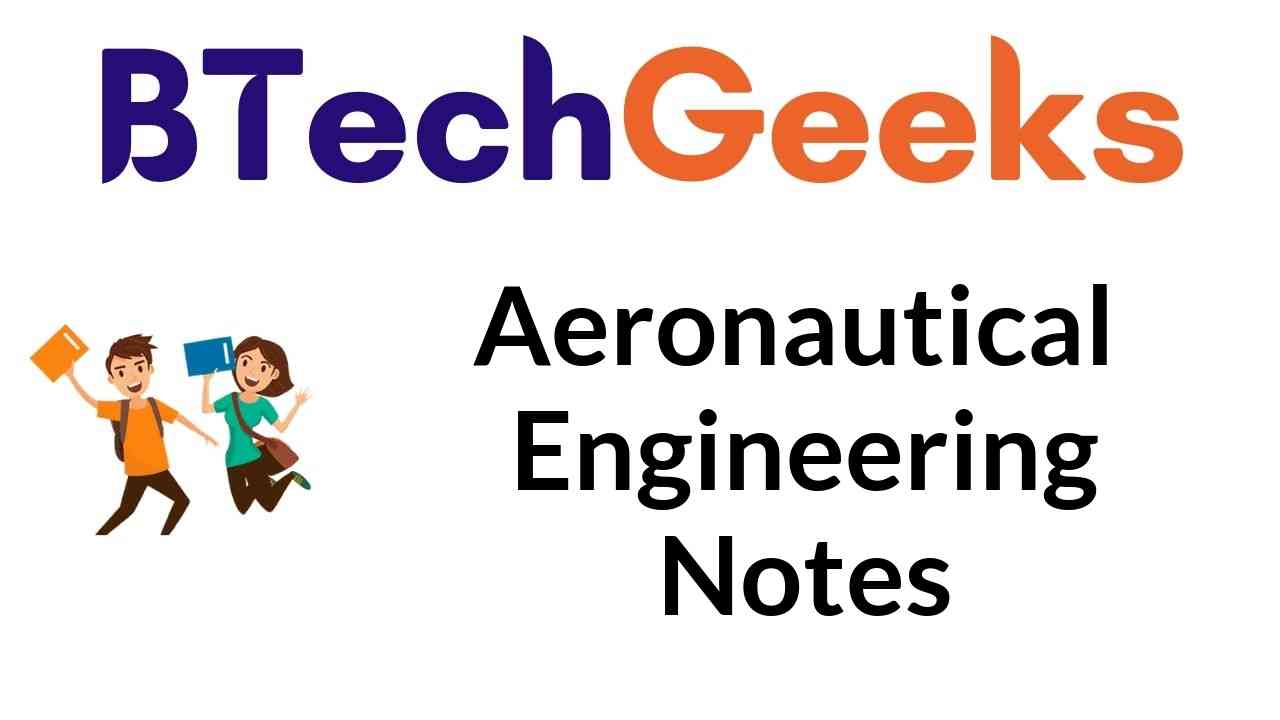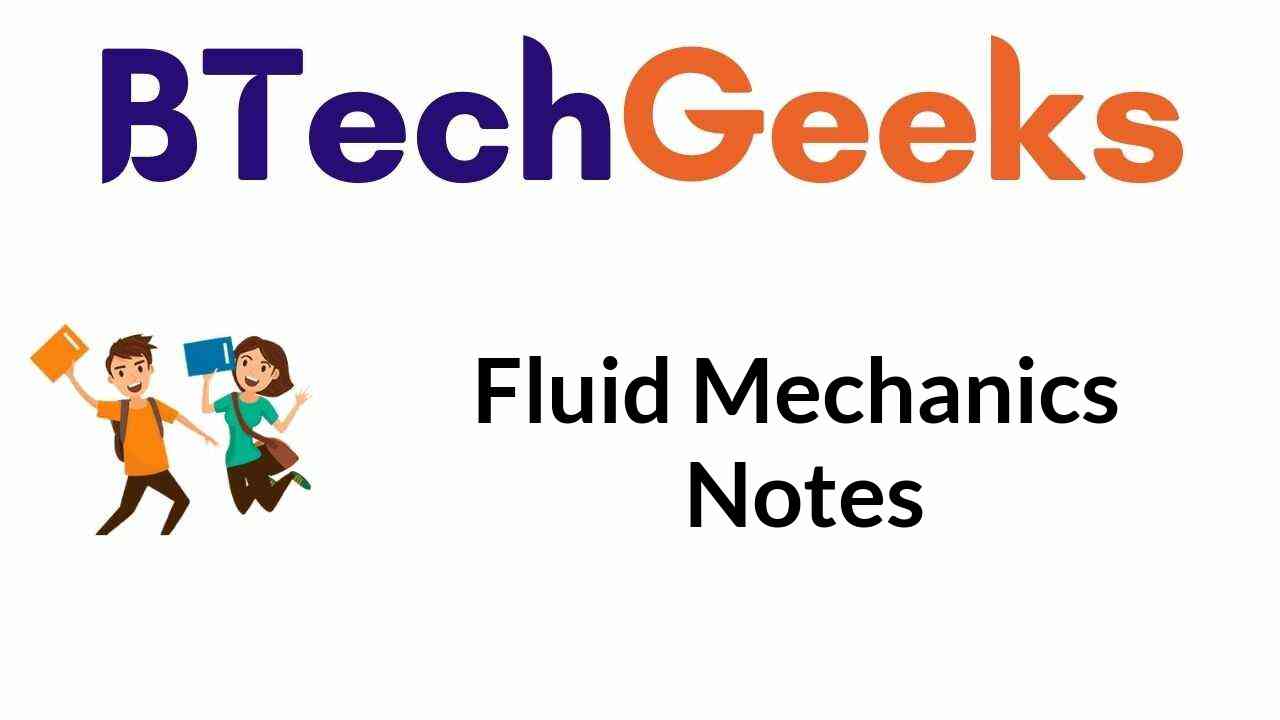Research methodology notes: Students can refer to the Big Data Lecture Notes For CSE as per the latest and updated syllabus from this article.
Introduction to Research Methodology
A research methodology is defined as the process of identifying, selecting, processing and analysing information. With so much information available online, it isn’t easy to get a clearer picture of the topic under study in this information-rich age. The objective of this course is to provide the students with the know-how of research methodologies. It is how a researcher designs the study for obtaining results for the aim and objective of the study. It tells us how the researcher went through the process of researching the topic, what data is collected, how it is collected, and how he analyses it.
Research methodology might sound complex with all the technical terminology that revolves around the topic. The objective of the course is, therefore, to provide an in-depth and clear understanding of this topic so that researchers know as to how to conduct studies for any topic. To help you with this course, Research methodology lecture notes pdf is designed. The pdf contains a comprehensive explanation of the concepts. You can download this pdf for free. For any further details click on the link below:
- Introduction to Research Methodology
- Download Research Methodology Lecture Notes
- Reference books for Research Methodology
- Research Methodology syllabus
- Theoretical problems of Research Methodology
- Frequently Asked Questions
- Conclusion
Download Research Methodology Lecture Notes
Just like the boundaries of research are not limited, your learning isn’t either. The process of research methodology does sound like a lot of work. Also, the terms and concepts can be a bit overwhelming. To aid you in your preparations of the subject, you can download the Research methodology lecture notes pdf for free and kick start your preparations. The pdf is written in a simple language to make sure that you understand the terms and concepts clearly.
This pdf is one of the few reliable and accurate study materials available online. Experts of the subject verify these pdf. Also, these are recommended by students and teachers. These are great for a quick revision because they are well categorized. You can freely download the pdf from the links given below-
- Research methodology lecture notes pdf
- Research methodology free lecture notes
- Handwritten notes for research methodology
- Sample question paper for research methodology
- Research methodology notes pdf free download.
Reference books for Research Methodology
Books are a great referencing tool. They are filled with examples to solidify your conceptual learning. But finding the right reference book can be a daunting task. Given below is a list of reference books students can use in their preparations. These will help you in your learning and understanding of the course. The contents are well categorised to increase the ease of using it as a referencing tool. Students are required to go through these concepts regularly.
The list is in no particular order. It is advised to go for a newer edition, if available. The newer editions will include changes in the syllabus if there are any. Most of these are available online as free pdf also, so make sure to check it too.
- Business Research Methods by Donald Cooper, Pamela Schindler(9th edition).
- Business Research Methods(Oxford University Press) by Alan Bryman & Emma Bell.
- Research methodology: Methods and techniques by C.R.Kothari
Introducing research methodologies: A beginner’s guide, Uwe Flick (2011) - Essentials of research designing and methodologies by Geoffrey R. Marczyk (2005)
- The craft of research by William T. Fitzgerald (Fourth edition)
- Designing and researching by Vicki L. Plano Clark (2006)
- Research methodology, Panneerselvam (2014)
- Social research methods (2001)
- Qualitative Research analysis: A method resource book (A. Michael Huberman)
- Conducting educational research by Bruce Tuckman
- Fundamental of research methodologies and statistics by Y.K. Singh (2006)
Research Methodology syllabus
The research methodology is a wide field of study. The further you go, you will find more complex methodologies. The course syllabus is designed to lay down a proper foundation of the subject. Also, it tries to simplify the complexities around the subject. Students should be well versed with the course requirements. This course is all about practical applicability of the theoretical concepts. To develop a grasp over the concepts, terms, methodologies and applications, it is advised to develop a habit of regularly going over your course contents.
The course module is divided into ten units. Each unit has a theoretical foundation and is built upon that. Every research starts with the aims and objective of the research. Rightly so the course begins like that and is like a step by step guide to a proper research methodology. Given below is the topic-wise distribution of each unit.
| UNIT 1 | Foundations of Research: Meaning, Objectives, Motivation, Utility. Concept of theory, empiricism, deductive and inductive theory. Characteristics of the scientific method – Understanding the language of research – Concept, Construct, Definition, Variable. Research Process |
| UNIT 2 | Problem Identification & Formulation – Research Question – Investigation Question – Measurement Issues – Hypothesis – Qualities of a Good Hypothesis –Null Hypothesis & Alternative Hypothesis. Hypothesis Testing – Logic & Importance |
| UNIT 3 | Research Design: Concept and Importance in Research – Features of a good research design – Exploratory Research Design – concept, types and uses, Descriptive Research Designs – concept, types and uses. Experimental Design: Concept of Independent & Dependent variables. |
| UNIT 4 | Qualitative and Quantitative Research: Qualitative research – Quantitative research – Concept of measurement, causality, generalization, replication. Merging the two approaches. |
| UNIT 5 | Measurement: Concept of measurement– what is measured? Problems in measurement in research – Validity and Reliability. Levels of measurement – Nominal, Ordinal, Interval, Ratio. |
| UNIT 6 | Sampling: Concepts of Statistical Population, Sample, Sampling Frame, Sampling Error, Sample Size, Non-Response. Characteristics of a good sample. Probability Sample – Simple Random Sample, Systematic Sample, Stratified Random Sample & Multi-stage sampling. Determining the size of the sample- Practical considerations in sampling and sample size. |
| UNIT 7 | Data Analysis: Data Preparation – Univariate analysis (frequency tables, bar charts, pie charts, percentages), Bivariate analysis – Cross tabulations and Chi-square test including the testing hypothesis of association. |
| UNIT 8 | Interpretation of Data and Paper Writing – Layout of a Research Paper, Journals in Computer
Science, the Impact factor of Journals, When and where to publish? Ethical issues related to publishing, Plagiarism and Self-Plagiarism. |
| UNIT 9 | Use of Encyclopedias, Research Guides, Handbook etc., Academic Databases for Computer Science Discipline. |
| UNIT 10 | Use of tools/techniques for research: methods to search required information effectively, Reference Management Software like Zotero/Mendeley, Software for paper formatting like LaTeX/MS Office, Software for detection of Plagiarism |
Theoretical problems of Research Methodology
The research methodology is a practical field. Even then, students should know the concepts and terms that are commonly used. To better understand the practical aspect, it is equally important to understand the theoretical know how. These are sample questions to give the students a brief outlook of what the course contents are and what type of questions are asked in the question paper. Students can refer to these questions and keep them as a base in preparing for their examinations.
- What are the disadvantages of closed-end questions?
- What is a control group?
- Explain the test of significance.
- What is the need for research design?
- What is the role of theoretical perspective?
- What is the sample size?
- Explain the null hypothesis?
- Explain Plagiarism.
- What are TypeType I and type II errors?
- How do we create a questionnaire?
- What are the factors that affect a research design?
- Explain interviewing techniques.
Frequently Asked Questions on Introduction to Research Methodology
Question 1.
Differentiate between Qualitative and quantitative research?
Answer:
Qualitative and Quantitative are two different types of methodologies researchers use in their studies. Usually, a mix of both of these methods is used.
Qualitative research – Qualitative as the name suggests, refers to collecting and analysing spoken or textual data. Often one-on-one interviews are qualitative. We also look for weak data points such as the body language and visual data elements. If the research is exploratory, usually qualitative research techniques are used. For example,- A study for people’s choice for Prime minister in the upcoming elections will be qualitative research.
Quantitative research – It is defined as collecting and analysing numerical data. Data points are often numeric, and we study those data points to conclude our study. Quantitative research is more commonly used in confirmatory research. For example,- To test a hypothesis, we often use quantitative research methods.
Question 2.
What are the four types of research methodologies?
Answer:
Data is grouped into four categories based upon the method of collection. These are observation, experimental, simulation and derived data.
- Observational Data -Data is captured through observation of a behaviour or activity. Data points are flexible, and often open-ended surveys are used.
- Experimental data – A causal relationship is derived that applies to a much larger population. These are tiresome and require time and effort; therefore, these are the most reliable. Experimental data is derived by measuring the variable.
- Simulation Data – Sometimes, a real life model is used to imitate the population behaviour and then research is conducted. The researcher sets the environment and conditions to determine what could happen when.
- Derived data – Often, data is available to us. These data points are used to find a new set of data points. Existing data points are used, often from other sources.
Question 3.
What are the principles of Scientific Research?
Answer:
Principles of scientific research deals with the systematic and rigorous use of research methodologies to find the results of a study. This is often defined as a 5 step process:
- Development of a logical chain of reasoning to clearly define the objectives of the research and why the researcher uses a particular research method.
- Using methods that are appropriate for the research type. It depends if the research undertaken is exploratory or confirmatory in nature.
- Finding correct research designs to come to any conclusion or findings of the research. It is necessary to provide reliable information.
- Using data points to strengthen the findings. The data used should be accurate and from a reliable source.
- Explaining the procedure and results clearly in detail and including any relevant information.
Question 4.
What are the steps involved in a research methodology problem?
Answer:
A research problem is a statement about an area of concern, a condition to be improved, a difficulty that is to be eliminated, or a troubling question that exists in scholarly literature, in theory, or in practice that needs to be studied and evaluated thoroughly to develop a probable action against it. A step-wise method is designed to solve any research problem. The method is not absolute, but just a framework as to how the problem is to be tackled.
Steps in the Formulation of Research Problem:
- Identify a broad field or subject area of interest to you
- Dissect the broad area into subareas
- Select what is of most interest to you
- Raise the research question
- Formulate objectives
- Access your objectives
Conclusion
The objective of the course is to develop a clearer understanding of research methodology and its techniques in the students. The pdf is designed to help students in this. The research methodology is a vast field of study. If students are looking to study further in this field, it is imperative to develop a firm base first. With a better understanding of the concepts, students will not only score well but also develop an in-depth understanding of the course.



